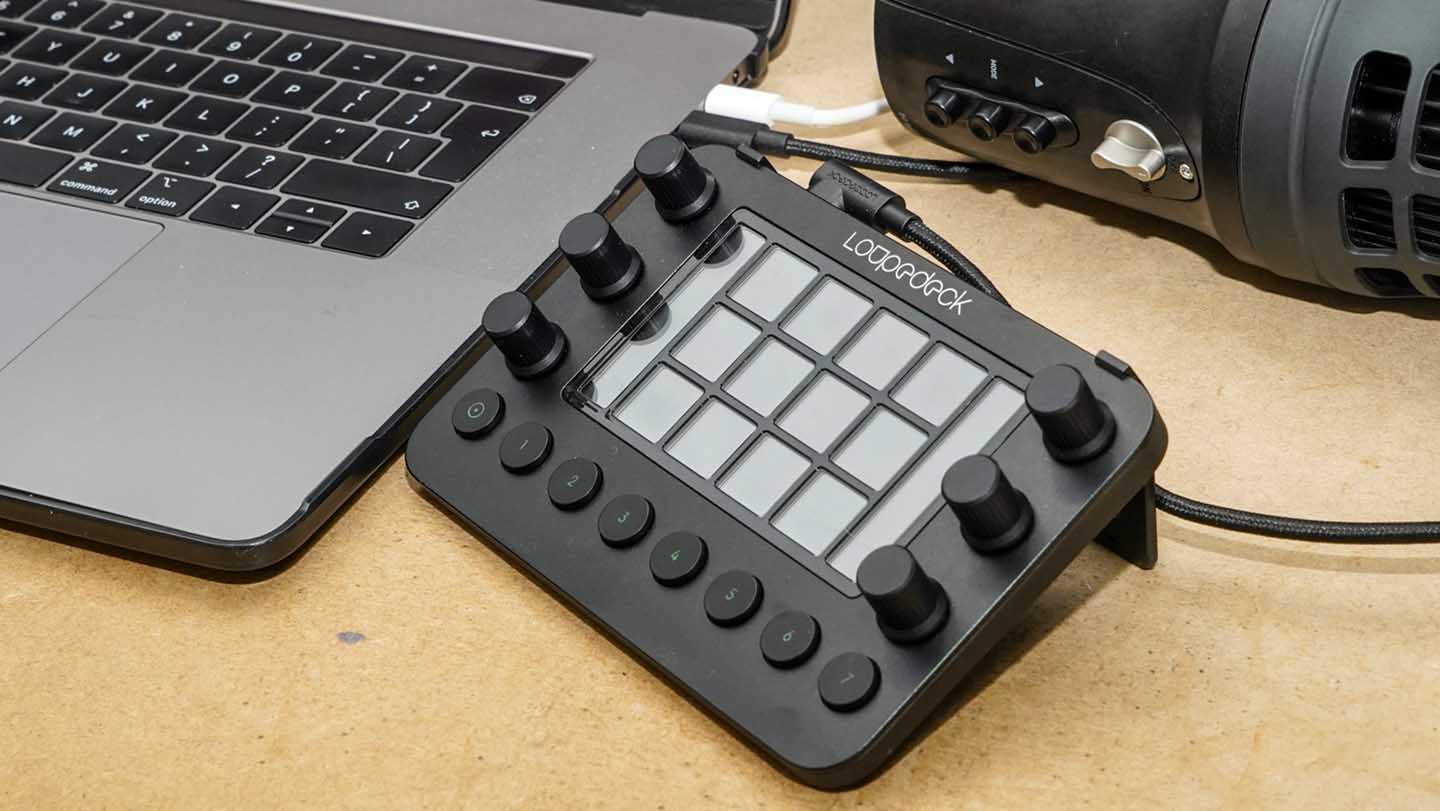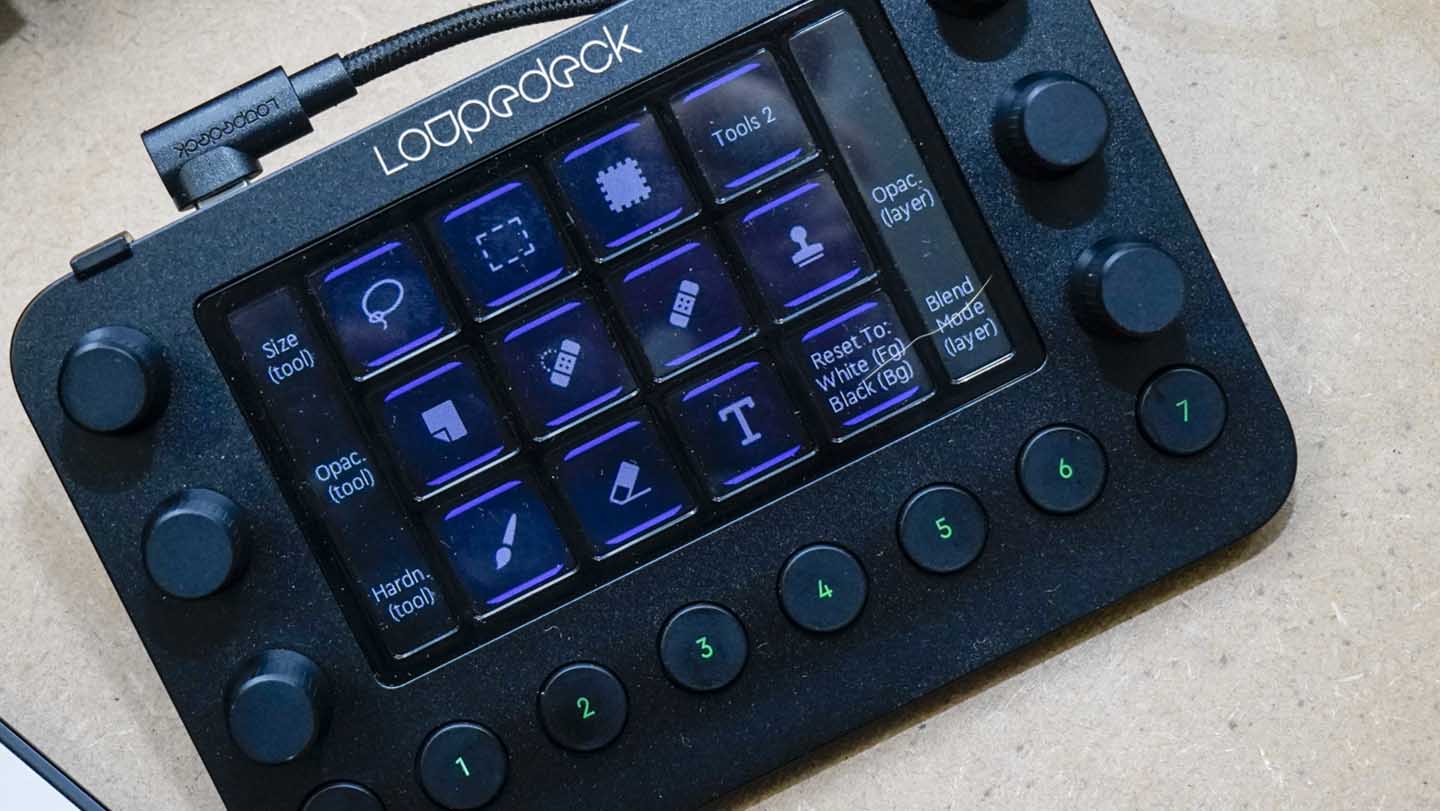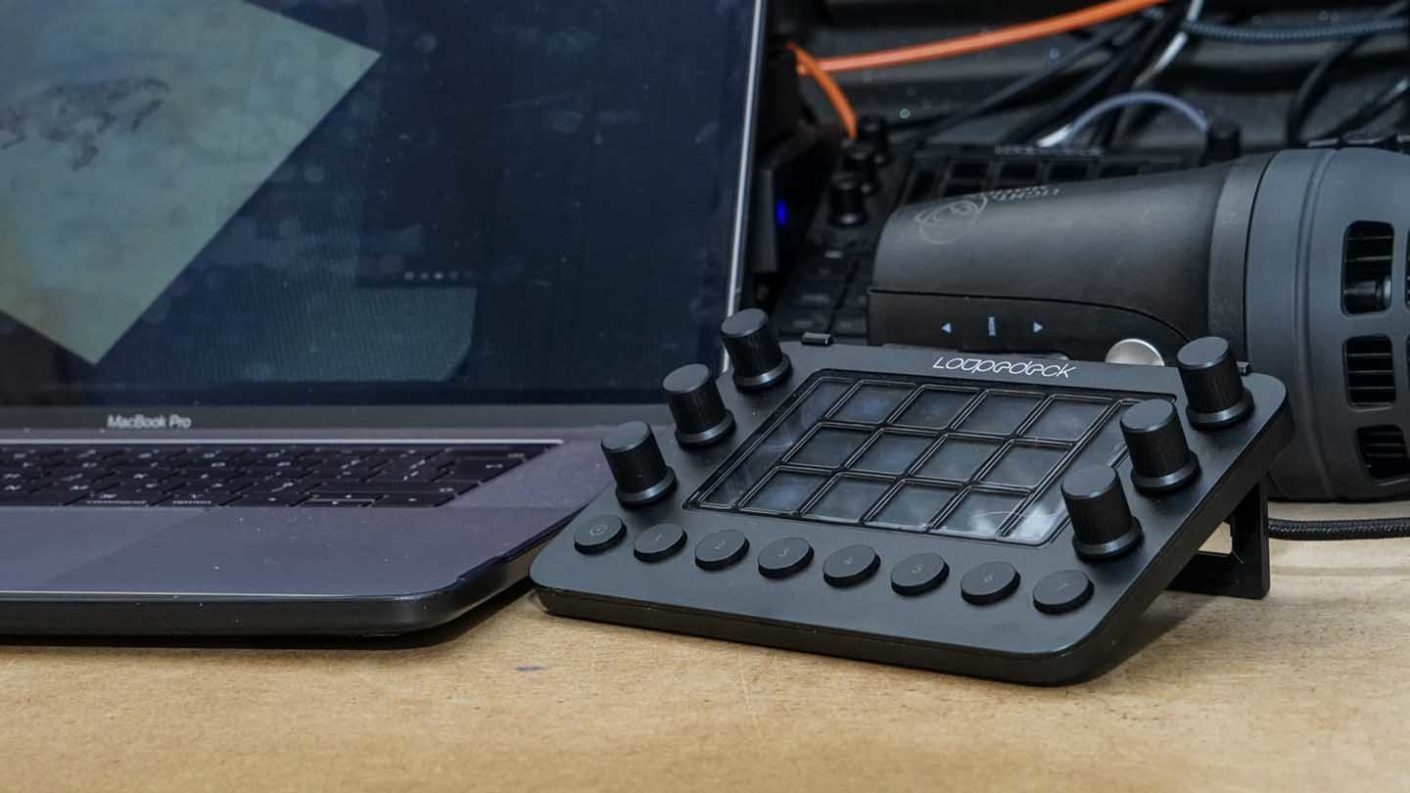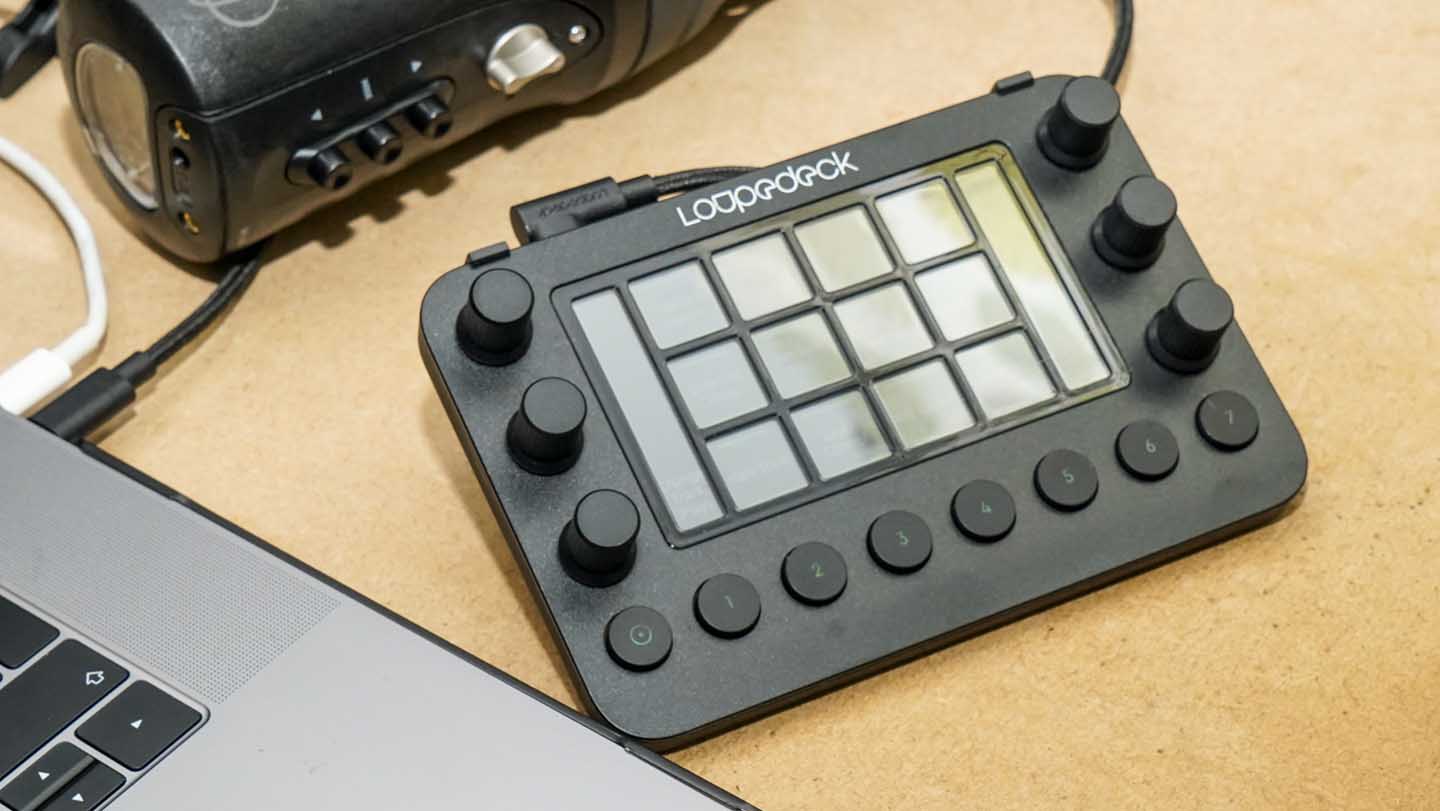The Loupedeck Live is an evolution of the excellent CT, it is a CT lite.
Sure, it takes a while to get used to in the same way that learning keyboard shortcuts take a while, and getting to grips with using a Wacom.
Setup is straight forward, download the app, install and you’re ready to get started in your chosen application.
In this test, those applications were Final Cut Pro and Photoshop, but I dipped into Lightroom to check that all common functions and features would work there as well.
I still use Bridge extensively so I took a look at using the Loupedeck Live with that application as well.
Having now looked at Loupedeck CT, and now Live I’m aware that these are products that you can’t just sit with for a day or two and learn inside out. It takes time to change the way you work and to delve into what’s fully on offer.
The Live, like all Loupedeck products, is an investment in time. Take timeout to set up and learn the features, and you’ll be rewarded with an enhanced and fast workflow.
Starting and using the default setup and the controls and functions in Photoshop are pretty straight forward. Tap to select the toolset or adjustment and use the dials to fine-tune. It’s extremely intuitive, and after a short time, you find yourself with the Loupedeck config application open, so that you can fine-tune the button layout to your needs.
LoupedeckConfig enables you to configure additional screens or swap commands assigned to the buttons and dials around. You can lose yourself for hours fine-tuning the options for each setting, but even then at the end of it, you will save time.

If like myself you have set up custom keyboard shortcuts for some applications, you can assign these to the dials and button-through a record function.
Getting your head around the multiple options and settings does take time, especially remembering to add a button link from one screen to another. But after a while, it all starts to make sense.
For the most part, the custom adjustment and features set the Loupedeck Live out as a fast editing tool for both photography and video. However, it does have it’s limitations. The dial adjustments are only assigned to adjustment layers and the common tools, not to filters that aren’t available in the adjustment layer format, such as blur.
Still, there’s no doubt that with Photoshop and Lightroom, the speed difference is huge. The biggest time saver I found was in Adobe Bridge, although I couldn’t find an off the shelf profile for it.
Instead, starting from scratch, I made a profile that enabled me to scroll through the thumbnails rating all images from a shoot.
The setup time took about five minutes, but the time it saved compared with my usual vetting process was vastly increased.
Switching over to video and I found that I couldn’t get on with the initial setup profile loaded for Final Cut Pro X. We each have our ways of working, so really this didn’t surprise me. Again a quick dip into the settings and a few short cuts changes and it was great.
I’ll admit I’ve done the same with the CT, but this is a personal preference, and that’s the thing with the Loupedeck products, they give you the foundation, and you adjust to suit you and your way of working.
Once I’ve laid out my clips in the timeline I like to scroll through, cutting out the um’s and ers, wobbles etc. using a shuttle and scrub through the dials enables accurate control. In the config, I could adjust the setup to work in the way that I wanted, and while the smaller dials aren’t as tactile as the large centre dial of the CT, they’re still far better than struggling with the mouse keyboard.







